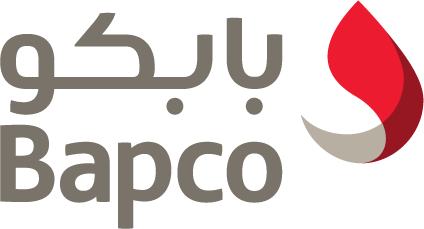Bahrain Petroleum Company (Bapco) has recently commissioned its first-ever prescriptive maintenance solution using Aspen Mtell®. We discussed with Bapco’s automation engineer, Abdulrahim Mohammed, key takeaways for peers within the oil and gas industry with the goal of providing value in ongoing efforts for implementation.

Pratibha Pillalamarri: Why were you looking for a prescriptive maintenance solution; what criteria did you use in your search?
Abdulrahim Mohammed: Prescriptive Maintenance brings more visibility to our assets’ health by leveraging multi-variable analysis and machine learning algorithms. While there are different predictive maintenance solutions available in the market, simplicity, robustness and root-cause analysis functionality were vital requirements during our analysis for a potential prescriptive maintenance solution. These needed to be coupled with accurate analysis/prediction to consider while evaluating the various options available in the market.
PP: What were some qualifications the vendor had to meet?
AM: The team developing the prescriptive maintenance models had to include mechanical equipment experts or subject matter experts with extensive experience in this field. The vendor and project team from the end-user should have this expertise. Applicable knowledge needs to be leveraged throughout the project. This is especially required during activities such as variables selection, data collection and cleansing, model development and performance evaluation.
PP: Why did Bapco choose Aspen Mtell?
AM: AspenTech provides a robust solution; well-designed to accurately find anomalous patterns using process and mechanical data upstream and downstream of assets. Furthermore, AspenTech brings experienced mechanical equipment subject matter experts throughout different phases of the project. This involvement helps to develop solid and accurate models. Aspen Mtell also has a user-friendly interface that allows end-users with minimal data science knowledge to develop and deploy models.
PP: How did you approach solution deployment?
AM: We wanted the end-users to be effectively engaged in all phases of project execution in order to increase confidence in the solution, improve capabilities in using/managing the application and build competency in model development.
It is also recommended to start small and focus on critical, non-redundant and problematic assets that are well instrumented. This helps to reduce the implementation cost and demonstrate the value to the management. It also allows end users to get familiar with the solution.
PP: How did you ensure this implementation was successful?
AM: Performing effective alert management is a crucial priority of ours in order to ensure an efficient and reliable application — especially at the early stages.
Instrumentation infrastructure often lacks the measurement of key data points. Leveraging IIoT and wireless instruments to build a comprehensive instrumentation infrastructure can resolve this in a cost-effective manner. This is currently being explored in Bapco. Leveraging data science to improve operational performance will help evolve oil and gas industry. This journey is in its early phases but is already showing promise.
The lessons offered can, hopefully, provide value to peers within the industry and help the propagation of these types of initiatives.
Learn more about AspenTech’s prescriptive maintenance solutions.
.png?h=250&w=975&la=en&hash=B39AE2A362A691EA1885C8356CDA9065)


.png?h=415&w=675&la=en&hash=E58AD335907039417B0DF2FDE7A4FD2F)
.png?h=415&w=675&la=en&hash=3CCE3CBDF346738CC9FA03F2CF95017A)
Leave A Comment